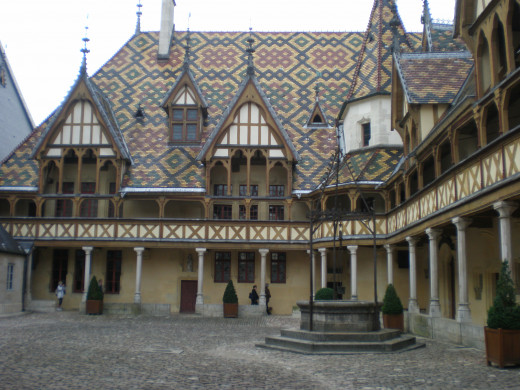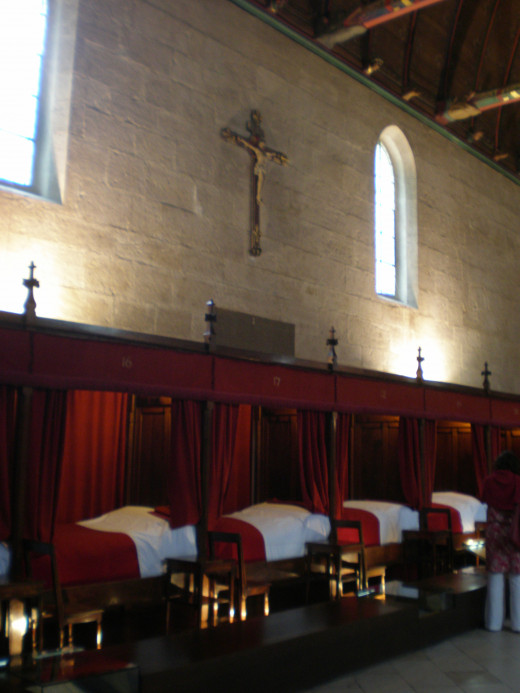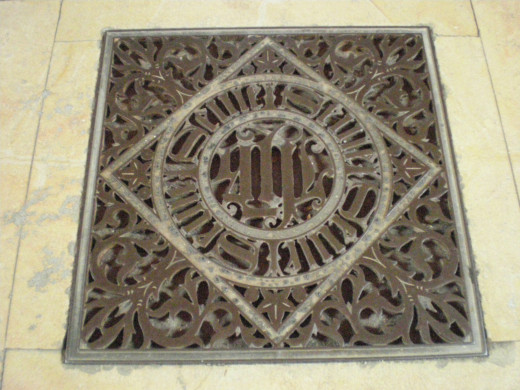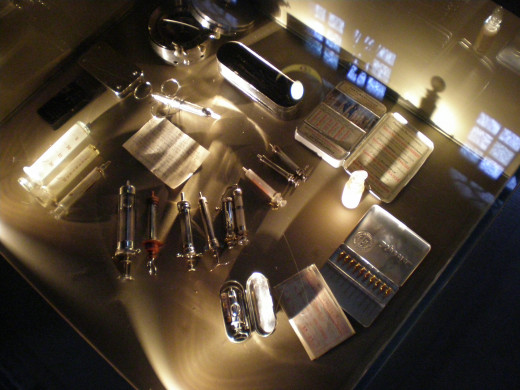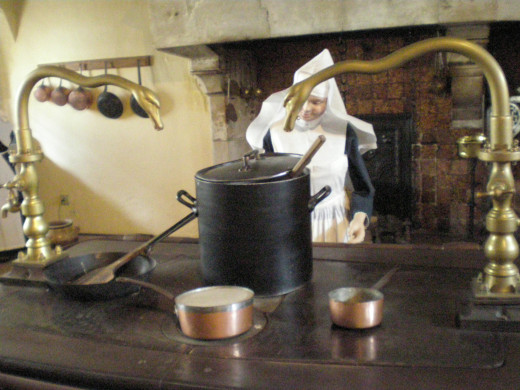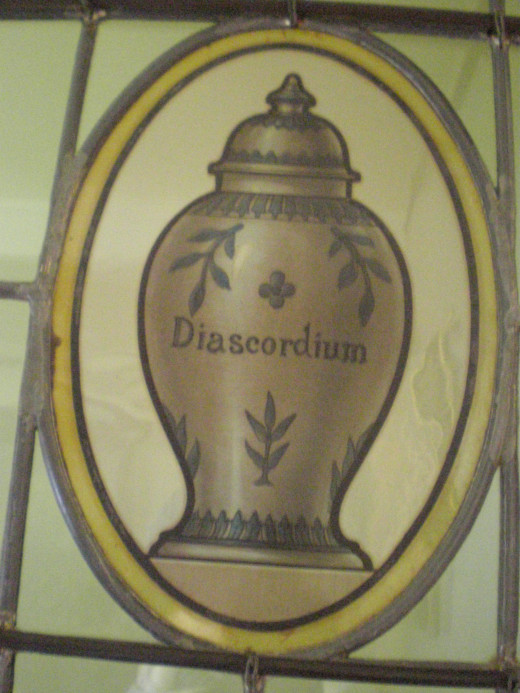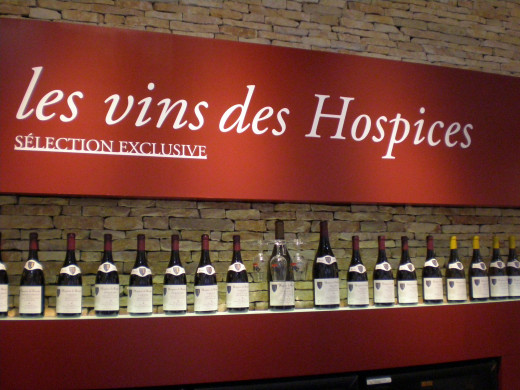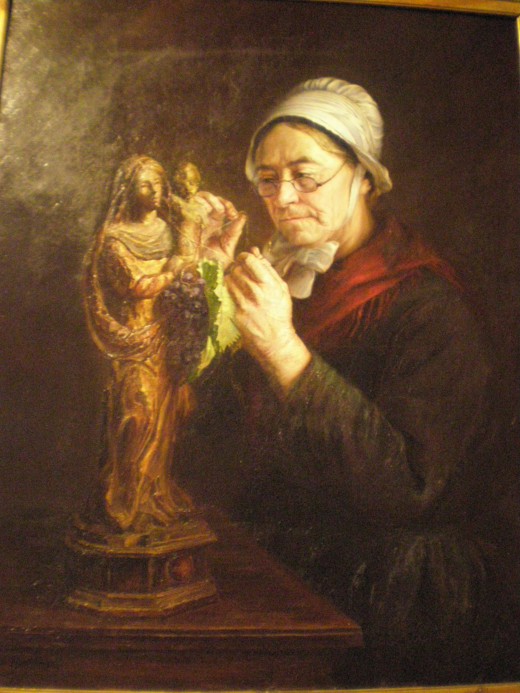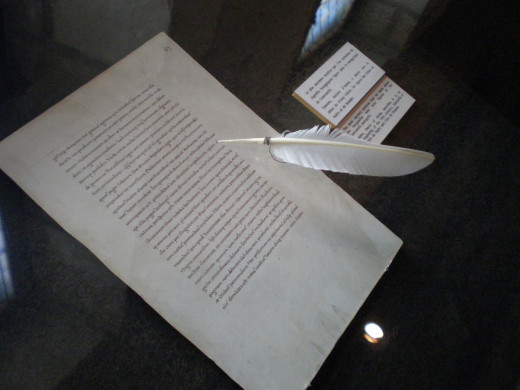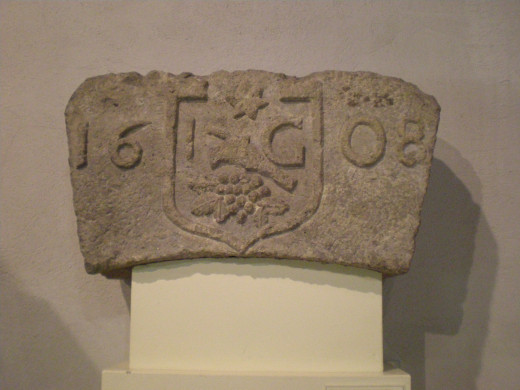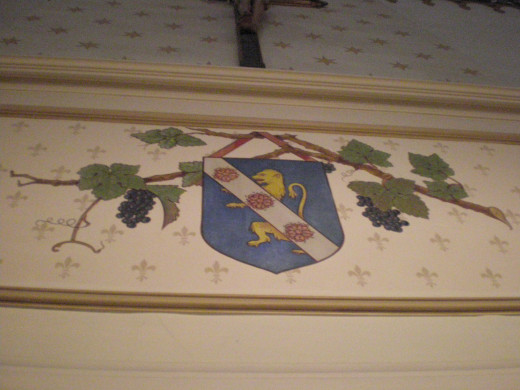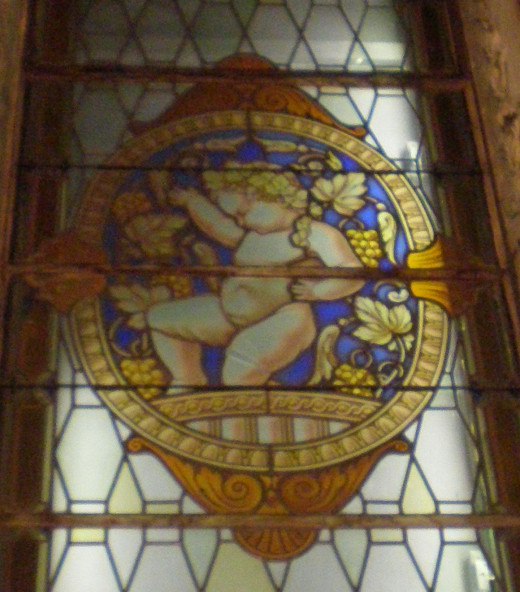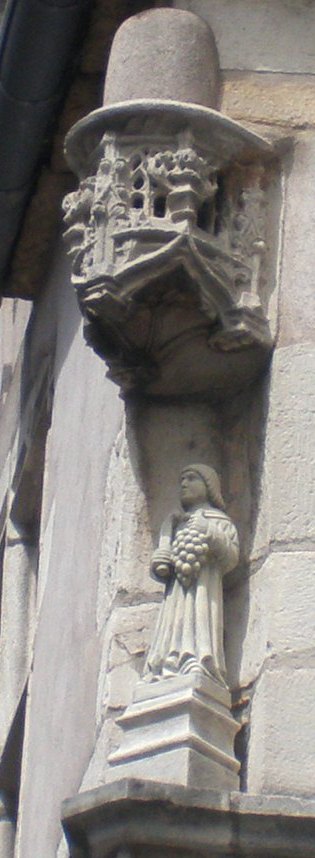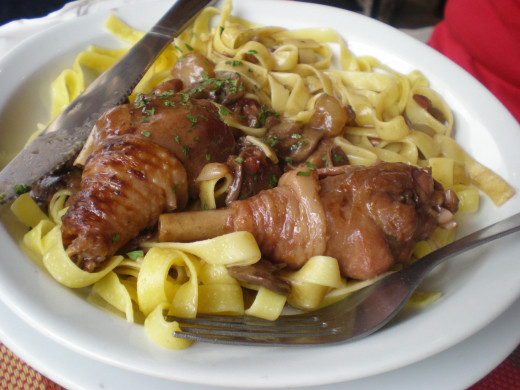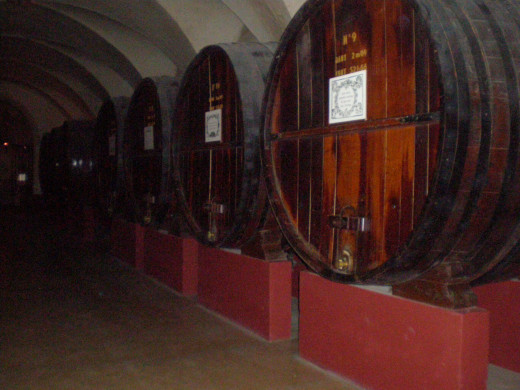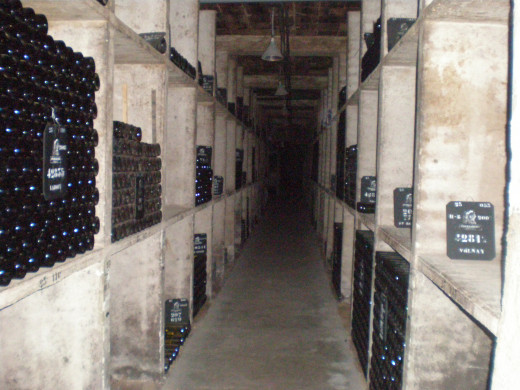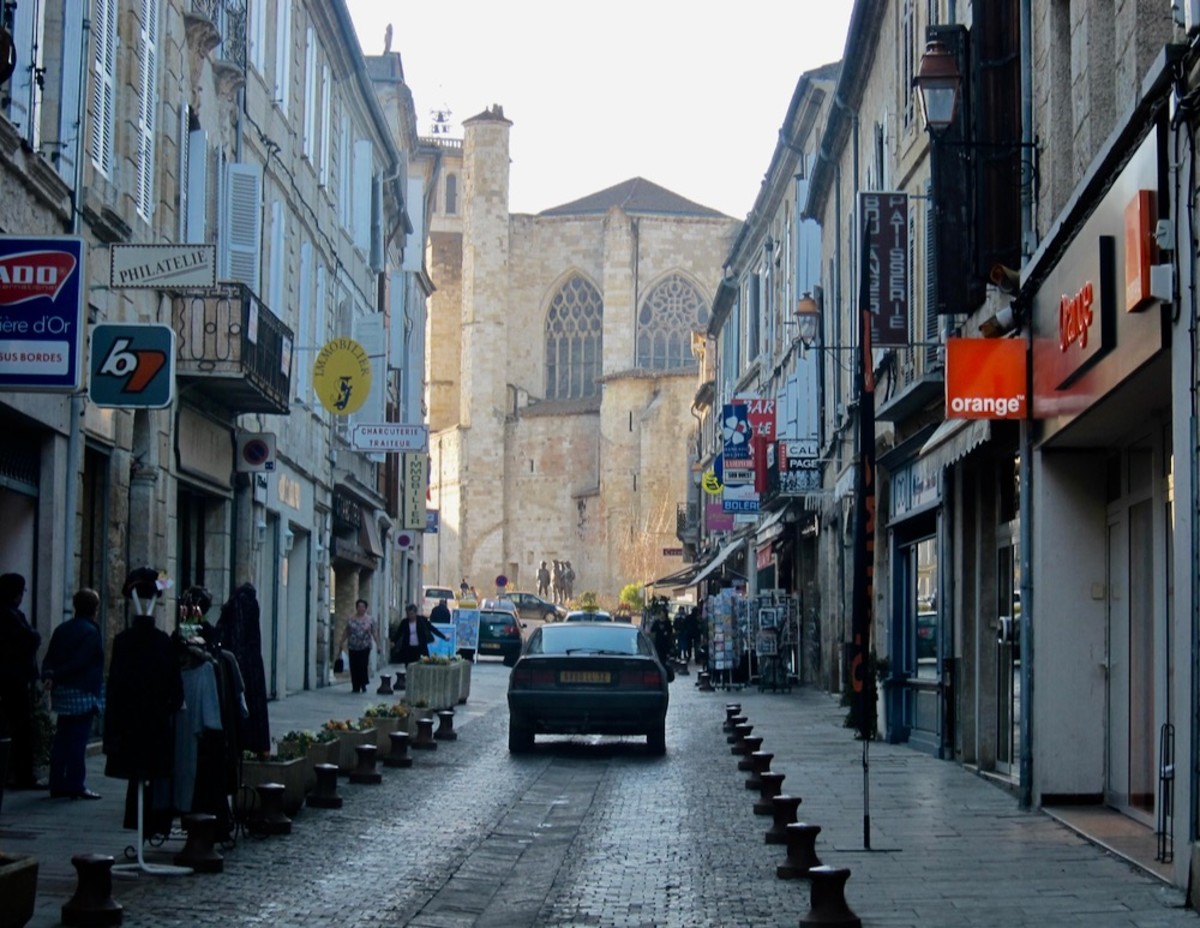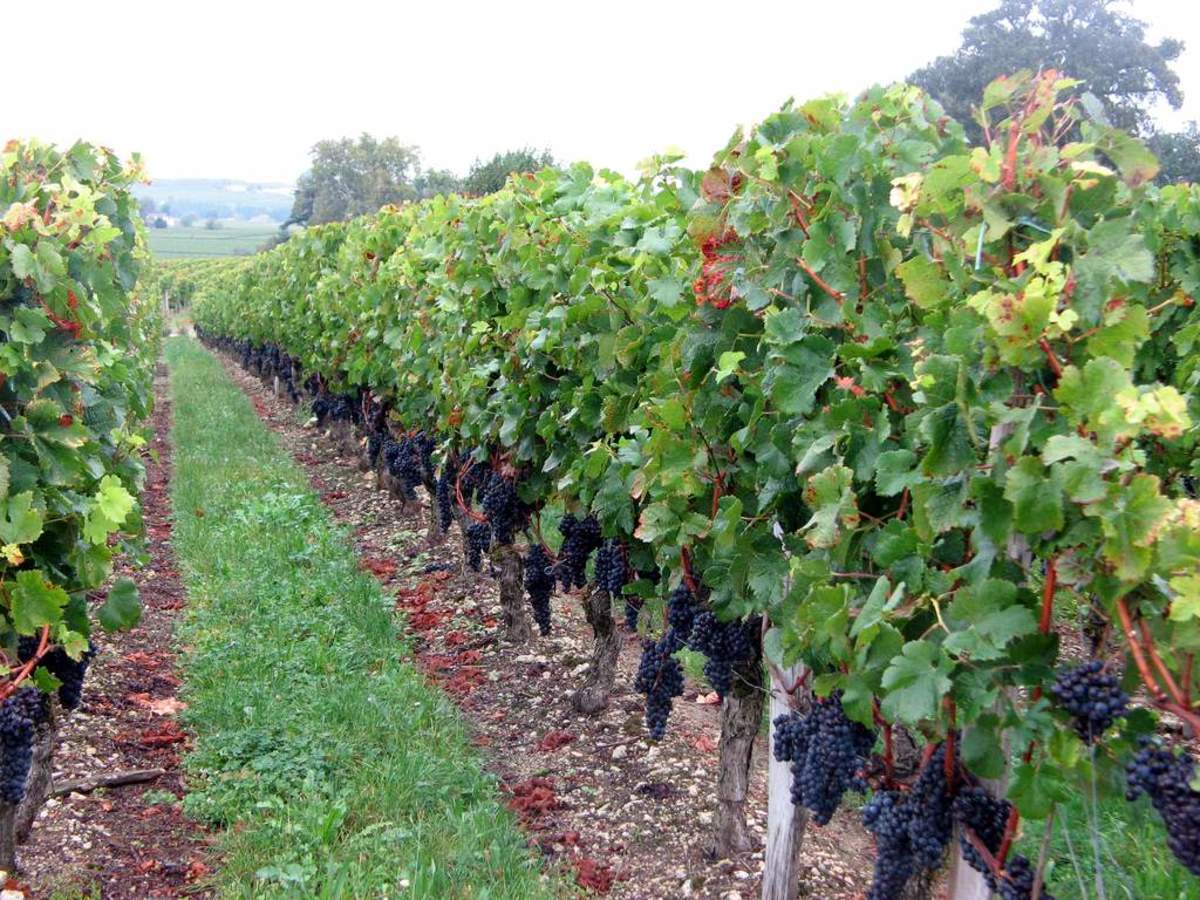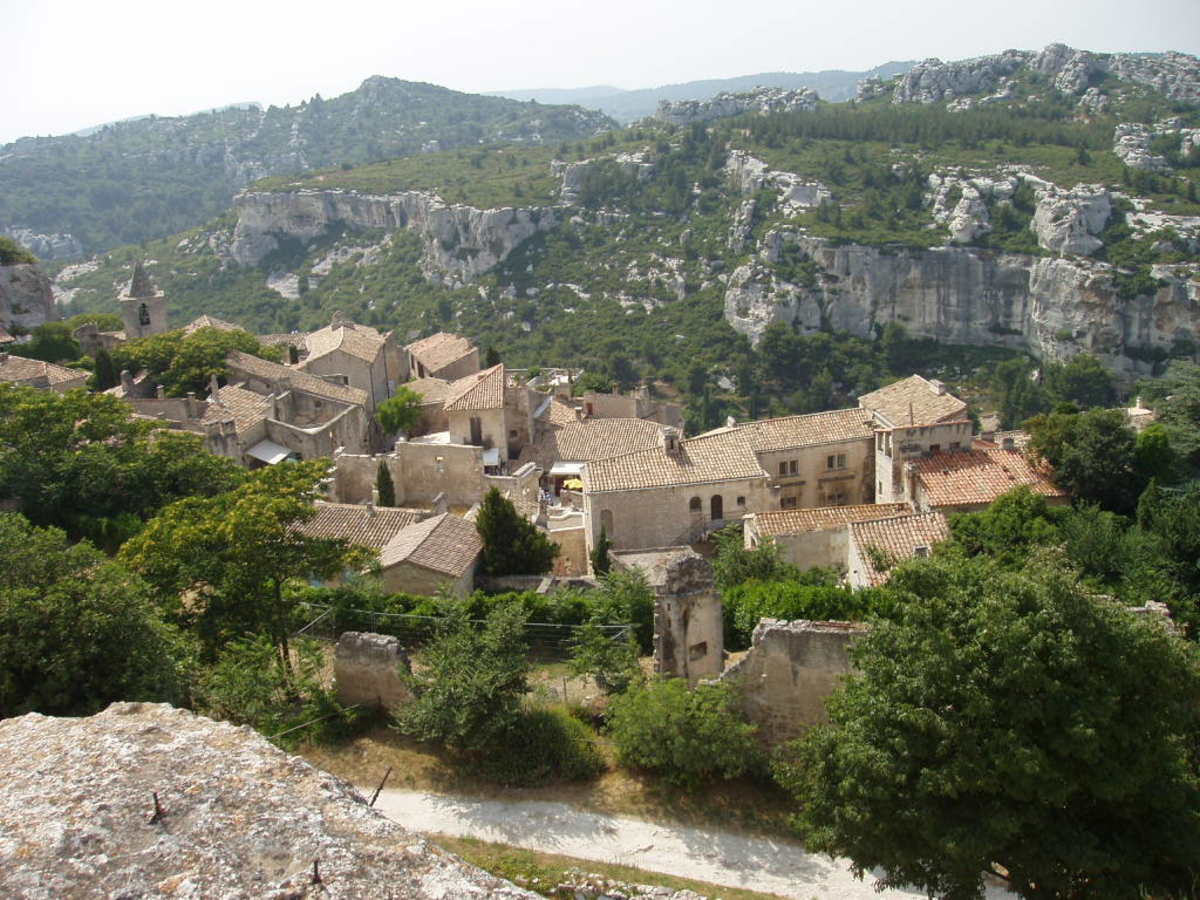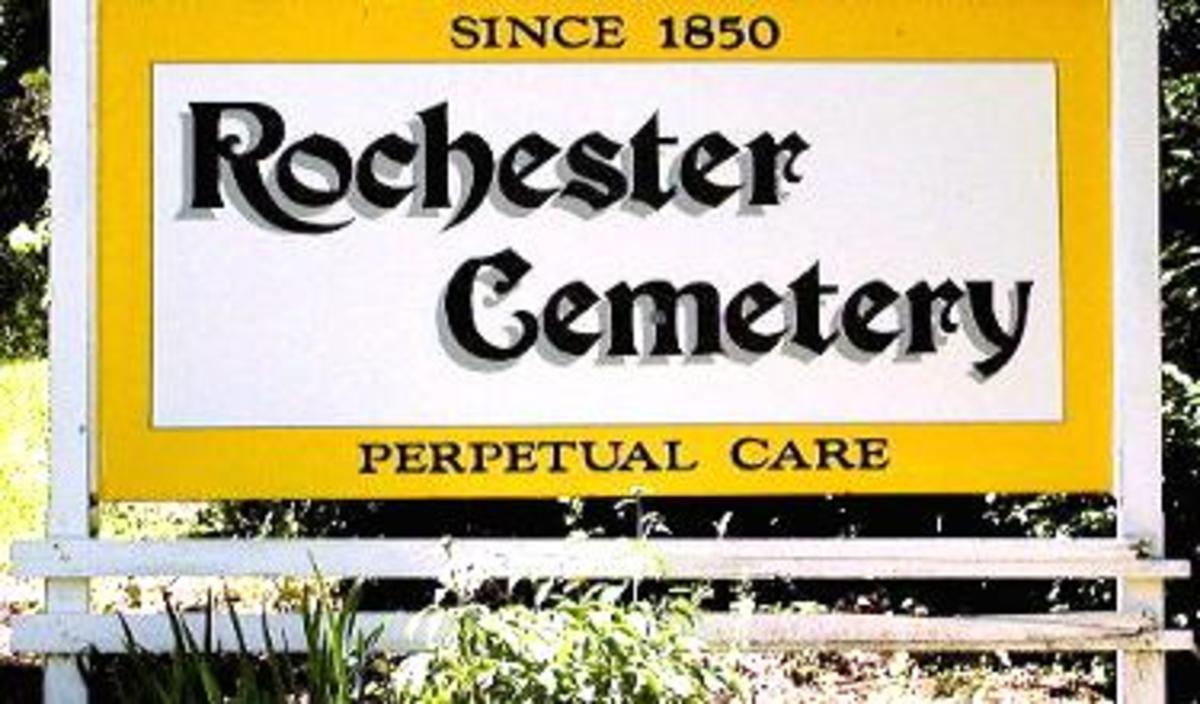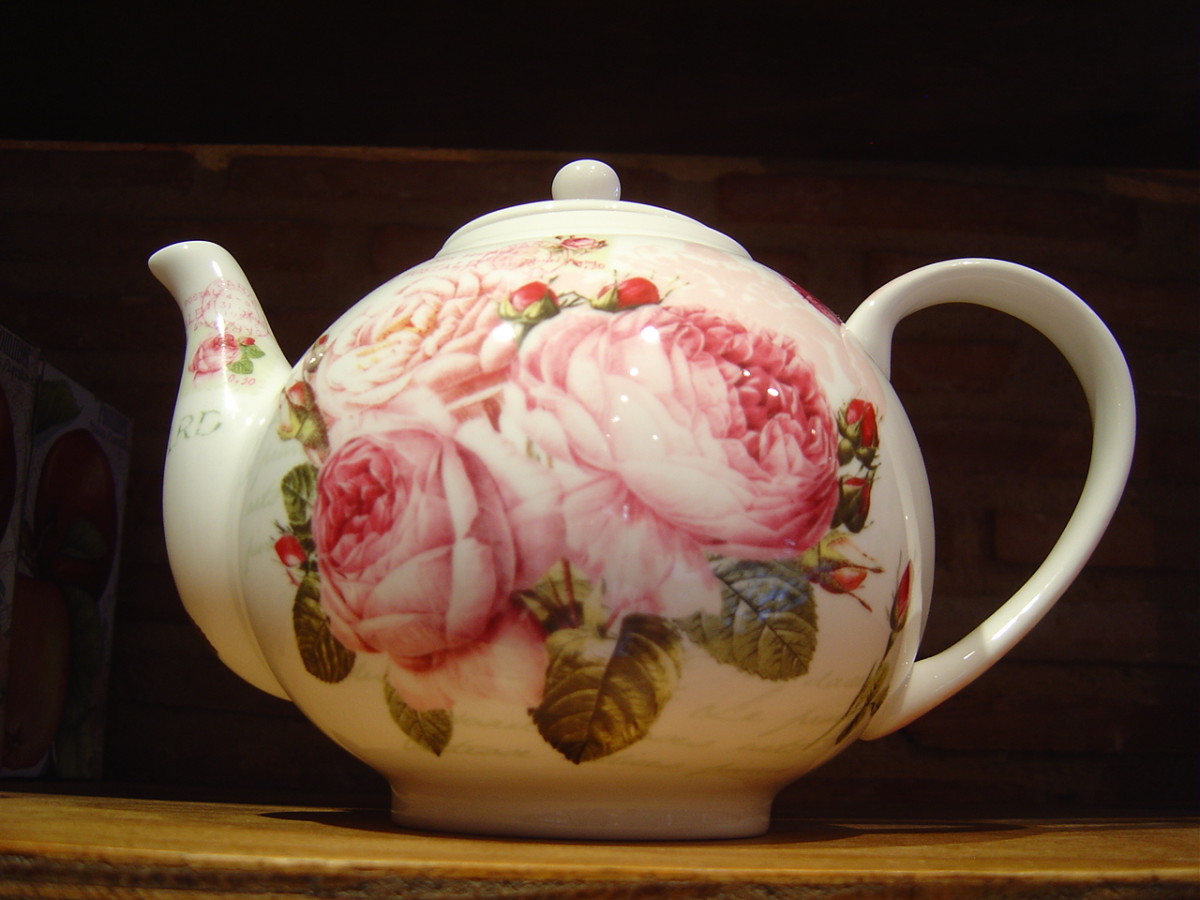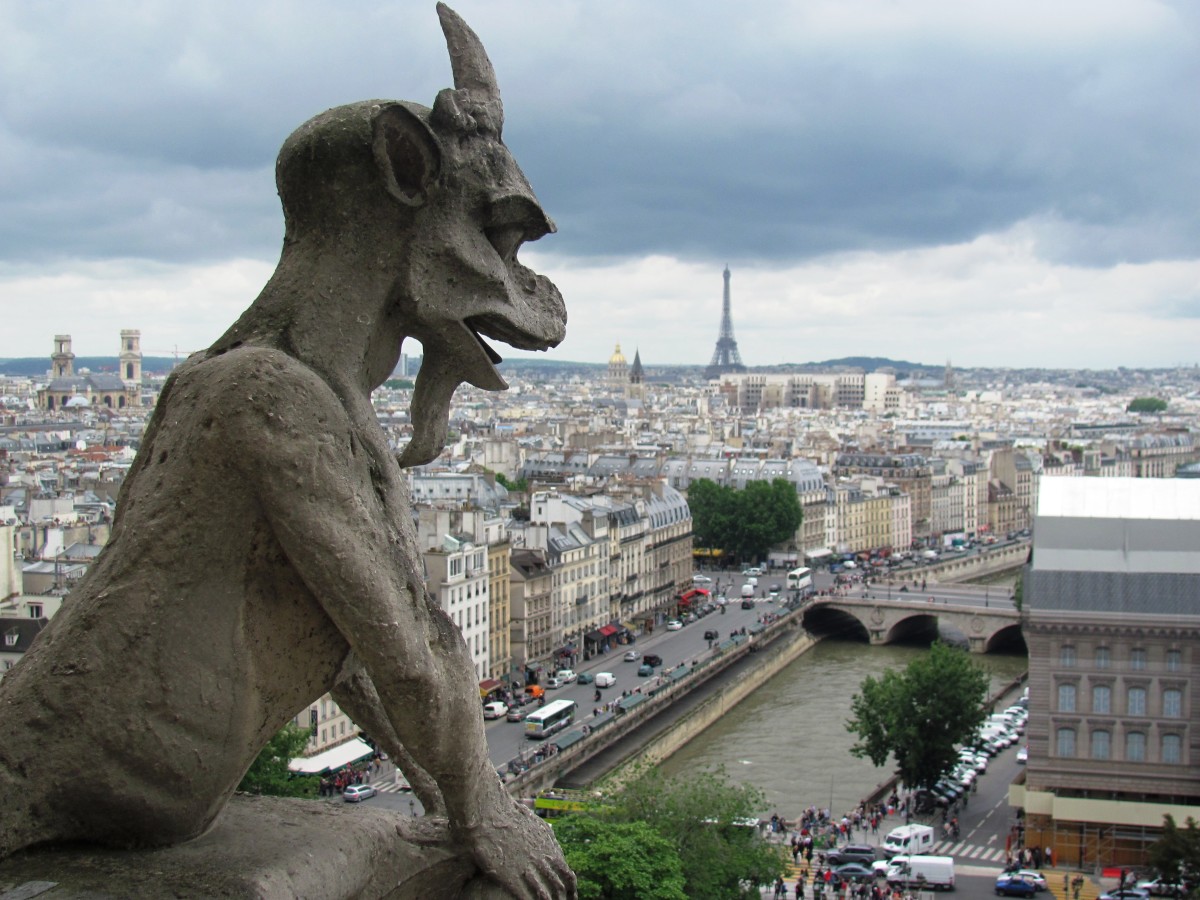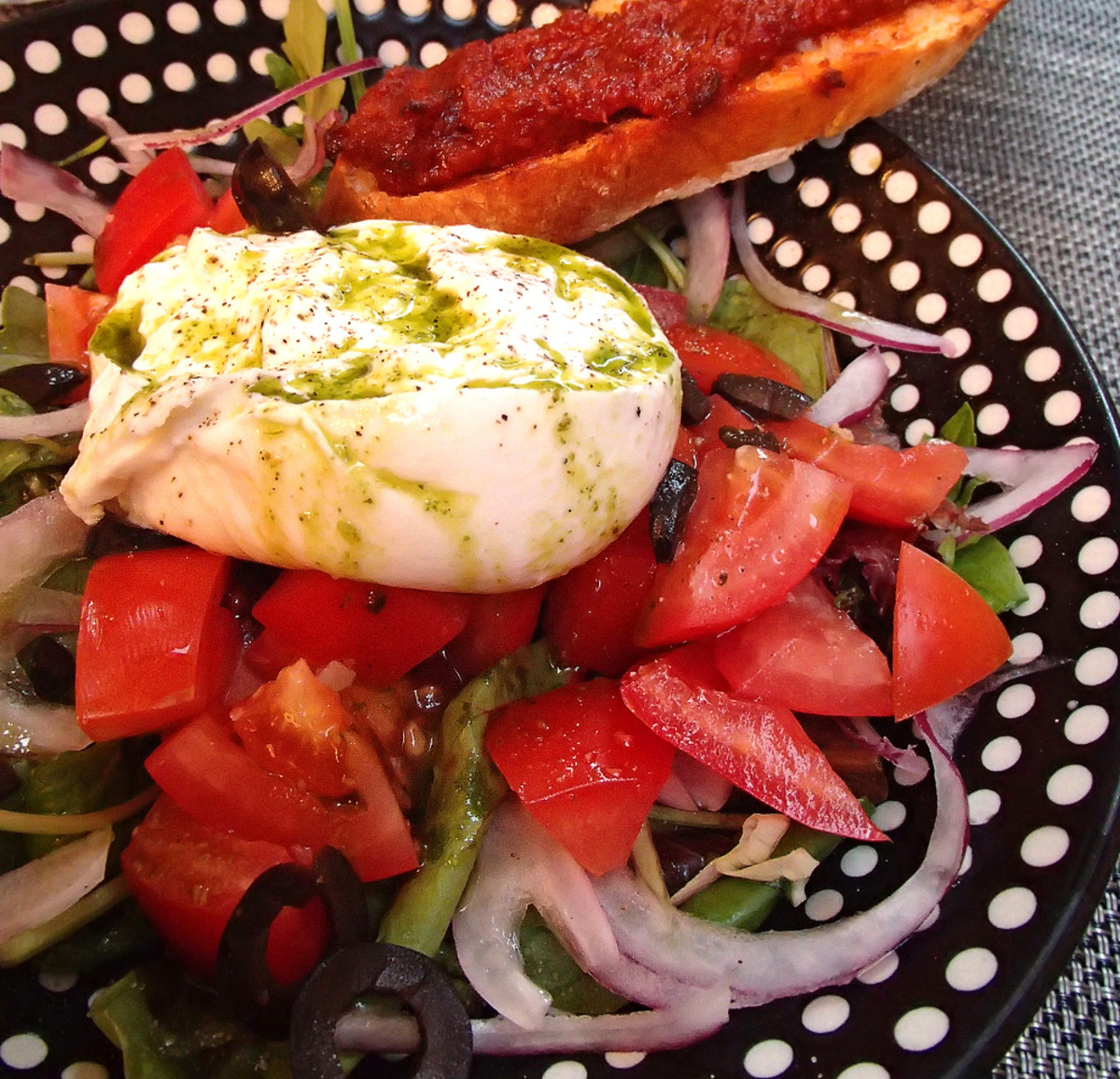France Travel: Beaune, the Wine Capital of Burgundy.
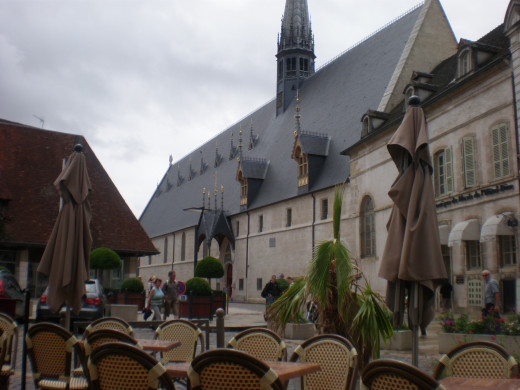
This little city at first impression feels quaint compared to the glories of Dijon, the seat of power of Burgundy region. However, Beaune appears in every tourist recommendation as the centre of the world-renowned Burgundy wine-making and the local culture, which unsurprisingly revolves around wine. The city can be reached via regional train from Dijon, the frequency of which makes it convenient for a visit.
Due to poor planning, I could not visit the wine estates around Beaune, something considered quintessential when one is in Burgundy. However, the city itself offers many charming attractions that made me hardly mind what I missed.
Hospices de Beaune
The most striking attraction of Beaune is a charity hospital which was in use from the 15th century to the first half of 20th century. The establishment was founded by the Chancellor of the then very powerful Duke of Burgundy to care for the poor and the needy without charge. The original 15th century building is now converted into a museum while the hospital service is conducted elsewhere. The Hospices is the first medieval hospital I have ever seen, and is probably the only one of its kind that still exists in Europe.
It is a memorable experience standing in the courtyard of the Hospices in awe of the impressive multi-coloured roofs and the ornately carved wooden beams while listening to the audio guide about the Hundred Years War and other circumstances that led to the founding of the Hospices. Interesting stories are something this place does not lack, from the day-to-day management to how the hospital fared in big events like the French Revolution and the two World Wars. I had to smile at the almost arcane recipes for medicine (which reminded me of the descriptions of Harry Potter's potion class) and the equally mysterious looking medicine jars, be fascinated by the tools used by the medieval doctors, and most of all be moved by the selfless dedication of the staff towards whom they set out to help.
In addition, the Hospices has a small but fine collection of artworks of its own. The building is majestic (to put it in perspective, it is much more impressive than the Beaune villa of the Dukes of Burgundy), and as claimed by the audio guide, one of the finest example of medieval French architecture. Furthermore, at the end of the museum tour, one will find various ancient tapestries and altarpieces which were used in the hospital's chapel.
Last but not least, being in Beaune, the Hospices too has something to do with wine. The establishment is in possession of some of the finest wine estates in the region from the time of its foundation, courtesy of the founder. Thanks to that, they can have financial independence for their charity work. In fact, this is the only museum I have seen so far that sells their own wine (or so they say) in the gift shop. Furthermore, the Hospices' wine auction for charity in November is apparently one of the most important events in the wine making industry.







Wine, Wine Everywhere
It bears repeating that Beaune is all about wine (at least that is how they present themselves to tourists). One can play a little game of spotting a bunch of grapes or a vine as decoration motifs on the old buildings. It is unmistakable what is the source of wealth and pride of the region. Having well established reputation since as far as the Middle Age, Burgundy has made wine making into a kind of arcane art in which the production is flavoured with many rituals. The wine museum provides a cursory tour through that rich tradition. One can learn about the wine-related customs and legends such as the fable about how it was discovered that pruning improves the vine's productivity, and "meet" the saints who protect and bless the wine fields and see how they are honoured by the locals.








As for wine making itself, it should be noted that the wine estates can be reached only if one has a car or reserves a place in a wine tasting tour via the local tourist office. There are also many wine cellars (called "cave") of different producers in the city, where visitors are allowed to come in and have a look at the huge barrels or the many bottles in underground cells. Of course, the purpose of it all is that at the end of the day, one comes home with a bottle or two of Burgundy wine.




